Your cat doesn't leave any droppings in its litter box? Does it meow while it does its business? There's a good chance that your cat is constipated. Constipation is a fairly common intestinal disorder in our little companions that nevertheless requires rapid treatment. Why is my cat constipated? What should I do? How can constipation be prevented? We'll tell you everything in this article.
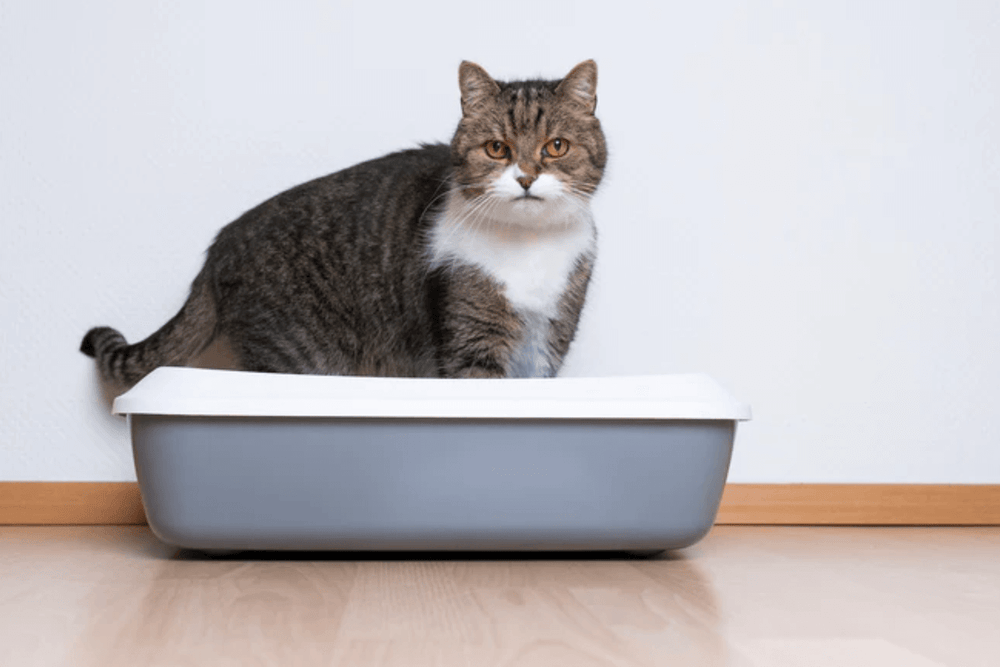
What is constipation in cats?
Constipation in cats is a digestive disorder characterized by difficulty in passing stools, or even the absence of stools for several days. Just like humans, our cats can suffer from constipation, a painful disorder that should be relieved and treated quickly.
Symptoms of constipation in cats
Just like humans, cats can be subject to intestinal disorders. They can have gas (yes, our cats fart too) , cat diarrhea or even be constipated.
Common signs to watch for (difficulty defecating, hard stools, etc.)
The symptoms of constipation in cats are very recognizable.
- Your cat's stools are hard, dry, and appear as small pellets.
- Your feline has difficulty defecating and does not do its business every day.
- His stomach is tense . It is causing him pain, and he can no longer bear the slightest caress (an area that is already very sensitive in normal times).
Change in behavior
Other signs that may alert you:
- Having a hard time doing his big business, your cat squats for a long time in his litter box . And when he succeeds, he can sometimes let out plaintive meows .
- Your cat may also defecate elsewhere. Associating pain with its toilet, it prefers to relieve itself elsewhere.
- He is dejected and his coat may be dull.
Symptoms associated with severe or persistent constipation
Be careful though: some signs can be confused with cystitis in cats , a urinary disorder characterized by inflammation (with or without infection) of the bladder wall. Here too, the cat has the same behavior: it goes back and forth to its toilet, meows while doing its business.
Constipation in cats is a disorder that should not be taken lightly, especially if it persists for more than 48 hours . Accompanied by other symptoms such as vomiting, fever and anorexia, it can be a sign of intestinal obstruction. It can also mean another serious pathology.
At the slightest apparent sign, and whatever it may be, an appointment with the vet will be crucial for your cat. The presence of blood in your pet's stool, for example, constitutes a veterinary emergency.
Causes of constipation in cats
Your cat may be constipated for a number of reasons.
Hairballs and their role in constipation
Constipation in cats can be due to the presence of a foreign body (a string, a toy, a piece of bone) or the ingestion of hair.
When the cat grooms itself, it swallows a lot of hair, especially during the cat's moulting period. These accumulate in the stomach and can form clusters called "trichobezoars". When they pass into the intestine, these hairballs can cause constipation and create an intestinal occlusion. The cat's stools are composed of a lot of hair.
Sedentary lifestyle and lack of physical exercise
A lazy cat = lazy intestines.
Constipation can also be caused by a lack of physical activity . Our indoor cats or those who are a bit of a couch potato often have small transit problems. It's exactly like us; the less we move, the slower our transit is.
Stress, anxiety and behavioral disorders
We don't always pay attention to it, but stress plays an important role in the health of our whiskers. In particular, it can promote urinary disorders in cats , cause a loss of appetite or even promote digestive disorders in our cats : diarrhea, vomiting, constipation.
Unsuitable litter
Very particular about their hygiene, some cats can be particularly demanding about the cleanliness and comfort of their toilets. A poorly cleaned litter box, unpleasant for their nose and/or uncomfortable for their little paws can put them off. They will prefer to ignore it, at the risk of holding it in and therefore becoming constipated.
Note that unsuitable litter can also be a source of stress for cats. Stress that could also promote the appearance of urinary disorders, such as cystitis. Hence the importance of choosing a good litter for your kitty!
At Ziggy, we offer a compostable, biodegradable and ultra-absorbent (+250%) plant-based litter, made from crushed softwood pellets. No problem with litter sticking to the cat's paws or hair! Our cat litter is a delight for both cats and their parents.
Dietary causes (inadequate diet, lack of fiber)
Not enough fiber
Diet is one of the main factors in constipation in cats (like many other disorders and pathologies in our whiskered ones). If your little cat is constipated, it is probably, if not surely, due to the contents of his bowl.
To feel good about its paws, a cat needs animal proteins in its food (sources of the 11 essential amino acids for its health) and to find lipids (essential fatty acids), minerals, vitamins and fibers in its food. These are essential for its good intestinal transit. However, some foods do not contain enough of them , which can cause a constipation problem in our cats.
Among the fibers, we find two categories:
- Soluble: pectins, gums, fructo-oligosaccharides. These are fermented by bacteria in the large intestine.
- Insolubles: cellulose, hemicellulose, lignin. They are not fermentable. They increase the speed of transit and are found as such in the stools.
Of course, too much fiber can cause the opposite effect, namely diarrhea. It's all about balance. Your cat's food should have enough fiber , but not too much.
At Ziggy, our cat food is perfectly balanced in fiber. No more belly problems, perfect digestion for our kitties!
“Bad” quality proteins
The quality of animal proteins in your cat's diet can also be responsible for constipation in your cat.
For optimal digestion and a healthy stomach, it is essential to provide your cat with a highly digestible diet , composed of “ high-quality animal proteins from muscle (heart) and a little liver and lobe ,” advises Dr. Géraldine Blanchard.
A diet too rich in minerals, bones and carcasses can conversely lead to constipation. The two characteristics in the same food can give the illusion of stools of correct hardness, but much more voluminous. Sometimes there is an alternation of diarrhea and constipation.
Dehydration and impact on constipation
One of the consequences of lack of hydration is constipation. When a cat does not drink enough water and only eats dry food, the contents of its digestive tract will tend to dry out, especially at the rectal level, which can cause episodes of constipation linked to stools that are too hard.
Underlying diseases and health problems
In more serious cases, constipation in cats may be a sign of another condition such as a dilated large intestine, called megacolon, an intestinal tumor, or even inflammatory bowel disease (IBD).
Diagnosis of constipation in cats
If your kitten is constipated, you will need to consult your veterinarian as soon as possible.
The doctor will perform various tests (X-ray, ultrasound, digital rectal examination or colonoscopy) to determine the origin of the constipation, and will prescribe a treatment adapted to your pet. He may give him a laxative or perform an enema. In the most serious cases such as megacolon or a tumor, only surgery will be able to relieve and treat it.
Treatment of constipation in cats
Favor moist, quality food
Only your veterinarian will prescribe the appropriate treatment for your cat.
As for your food, we can only recommend a balanced diet (without excess) in fiber, rich in quality proteins and above all moist.
How to prevent constipation in cats?
Offer your cat wet food (and always quality)
As a treatment or prevention, wet food is ideal for your cat.
As mentioned above, pâté has the advantage of being rich in water, allowing you to maintain a good level of hydration. As an indication, kibble contains on average 10% water compared to 75% for pâtés. They not only facilitate intestinal transit but also prevent urinary disorders, the risks of obesity and excess weight that can lead to diabetes, kidney failure, etc. Wet food also has the advantage of being four times less caloric. A good point for our furry friends who are a little too lazy!
The other great advantage of the pâté is also that it is starch-free (well not all of them, but this is the case for all of our Ziggy pâtés ), a carbohydrate poorly tolerated by some cats. A large consumption of kibble and the consumption of starch can generate digestive disorders (diarrhea, flatulence, vomiting, colitis, etc.).
Ziggy pâté is extremely well tolerated by cats prone to digestive disorders since it does not contain any starch. In addition, it contains animal proteins of exceptional quality, highly assimilated by our cats, even the most sensitive.
Zucchini, the transit ally
The benefits of zucchini for cats are numerous. Rich in water and fiber, zucchini promotes transit. In case of constipation - only after consulting your veterinarian and in the absence of another disease - you can add a few cubes of boiled or raw zucchini (in the shape of a kibble) to your cat's food.
Good for the digestive system, zucchini also has another advantage: it fills you up, without making you fat! Containing a lot of water, it helps to add volume to the cat's stomach.
Giving your cat probiotics
Using cat probiotics can also support your kitty's gut microbiota. These are non-pathogenic live microorganisms that, when consumed, play a beneficial role for the cat by improving its intestinal flora and digestive tract.
Probiotics are recommended for digestive disorders.
Exercise, good brushing and suitable litter
As we have seen, constipation can be due to hairballs, a lack of exercise or even unsuitable toilets.
To combat hairballs , remember to brush your cat regularly, especially if it has long hair. If your companion does not tolerate brushing, get him used to it little by little. Start with one area, where he likes to be stroked, then extend this area. The important thing is not to rush him or stress him.
At Ziggy, we have created THE brush we dreamed of for our felines. A double-headed cat brush : one side with balled steel pins to gently detangle and massage, and one side with nylon pins to soften and shine. Suitable for both short and long hair, it is made of ash wood from sustainably managed forests, vegan and made in France in the Oise. French to the tips of the hairs!
To get your cat's butt moving, try to stimulate it by playing with it. You can offer it toys like balls filled with catnip, a fishing rod, a feather duster or invest in a cat tree that will allow it to climb, jump, and therefore exercise.
Regarding the litter box, remember to clean it frequently. Remove feces and urine clumps every day. And if he still doesn't like it, it may be a substrate or odor problem. On our blog, we give you some tips for choosing the best litter for your cat.


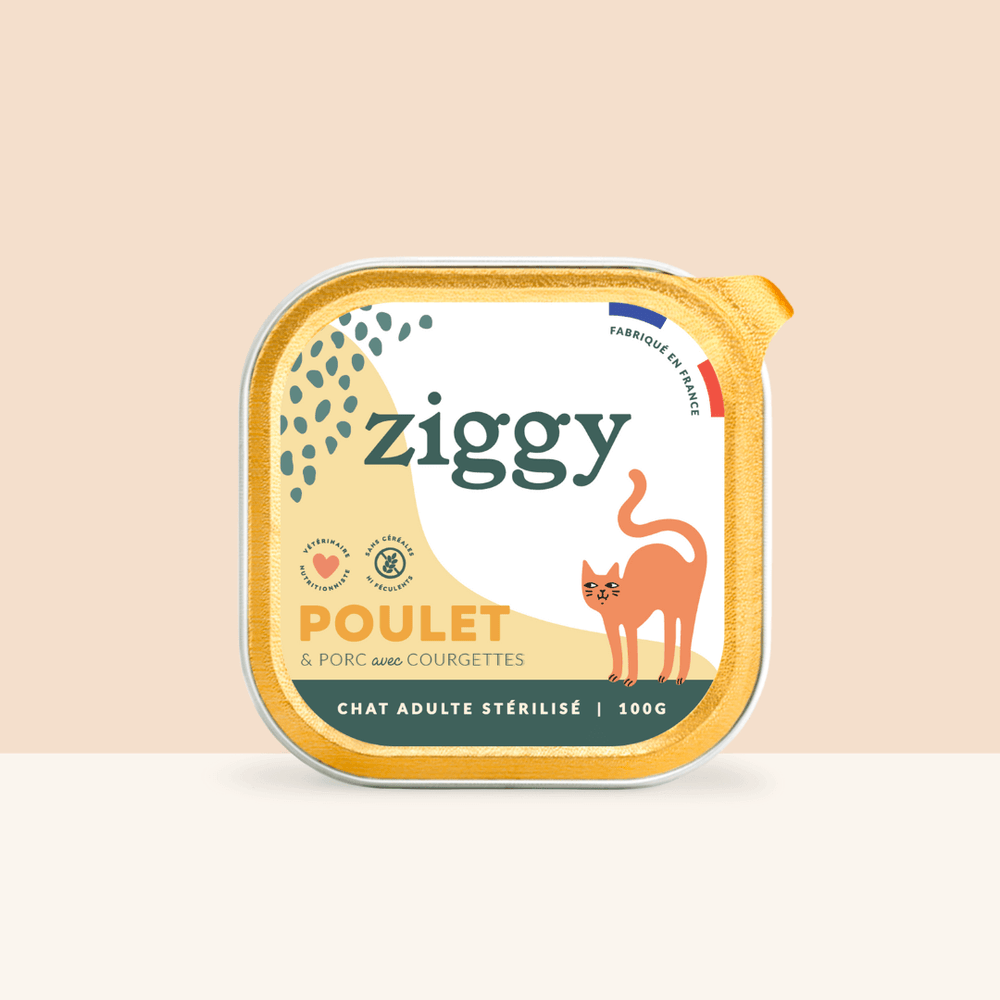
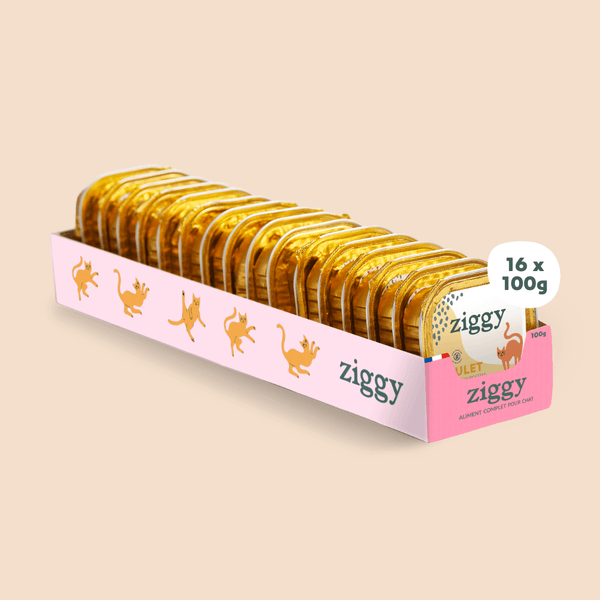



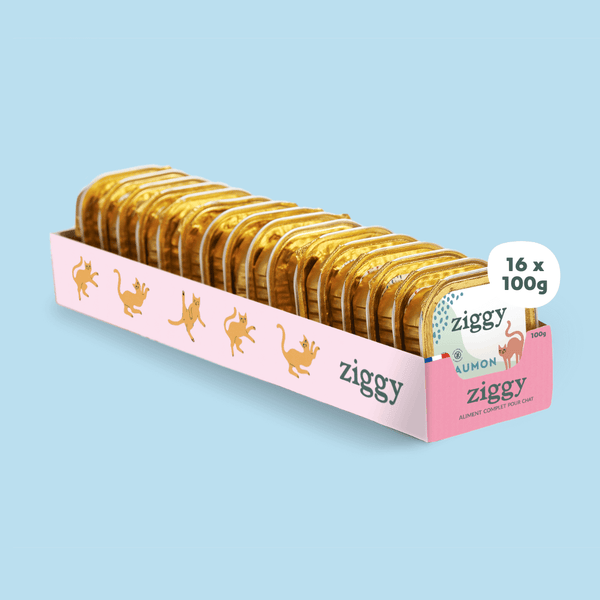


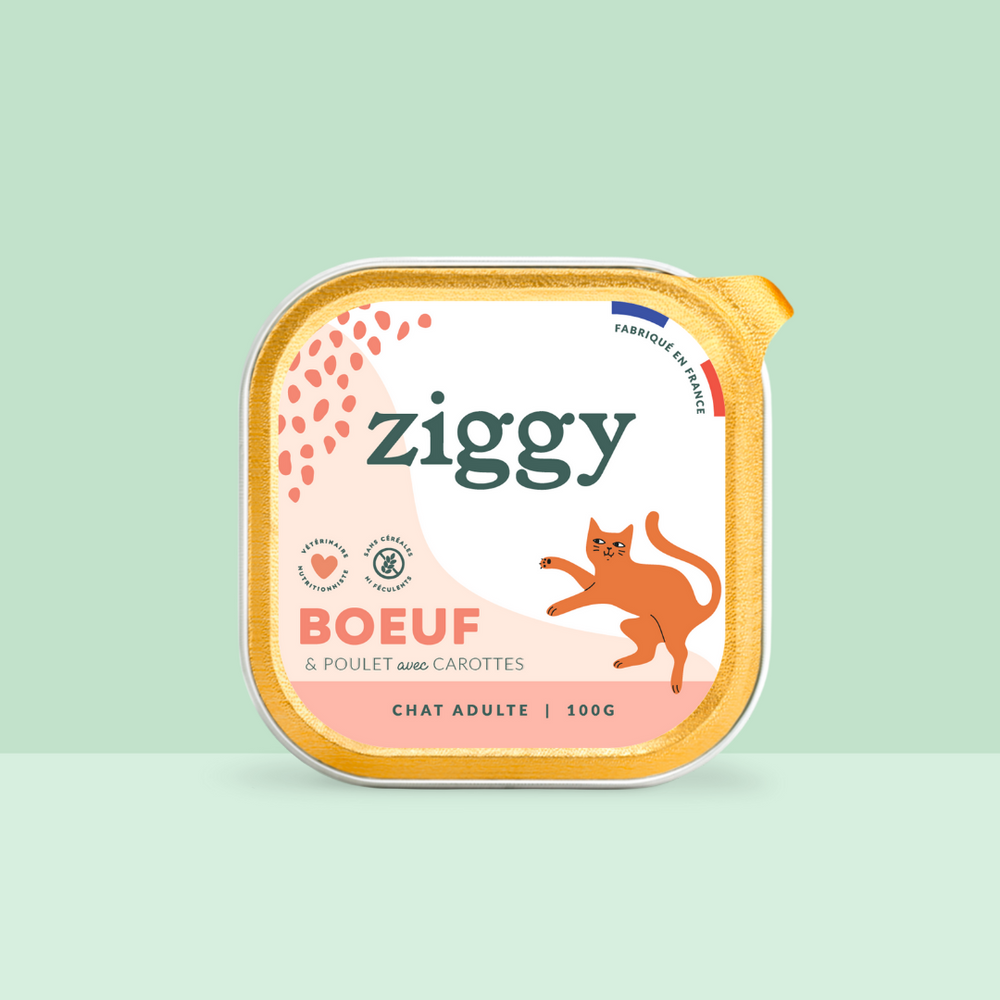
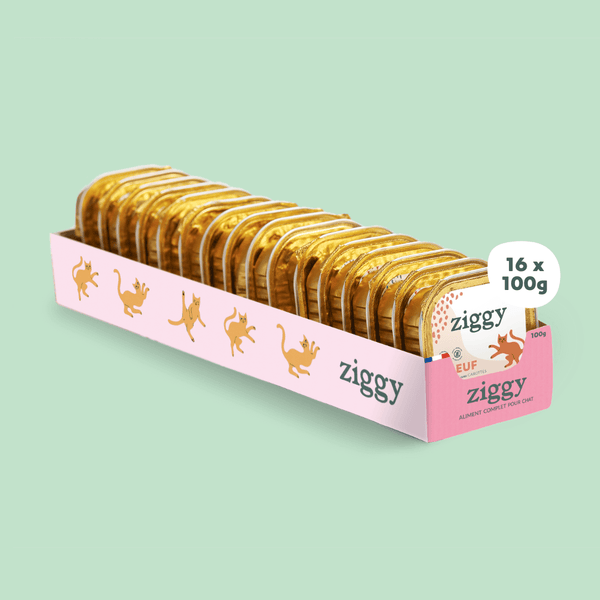

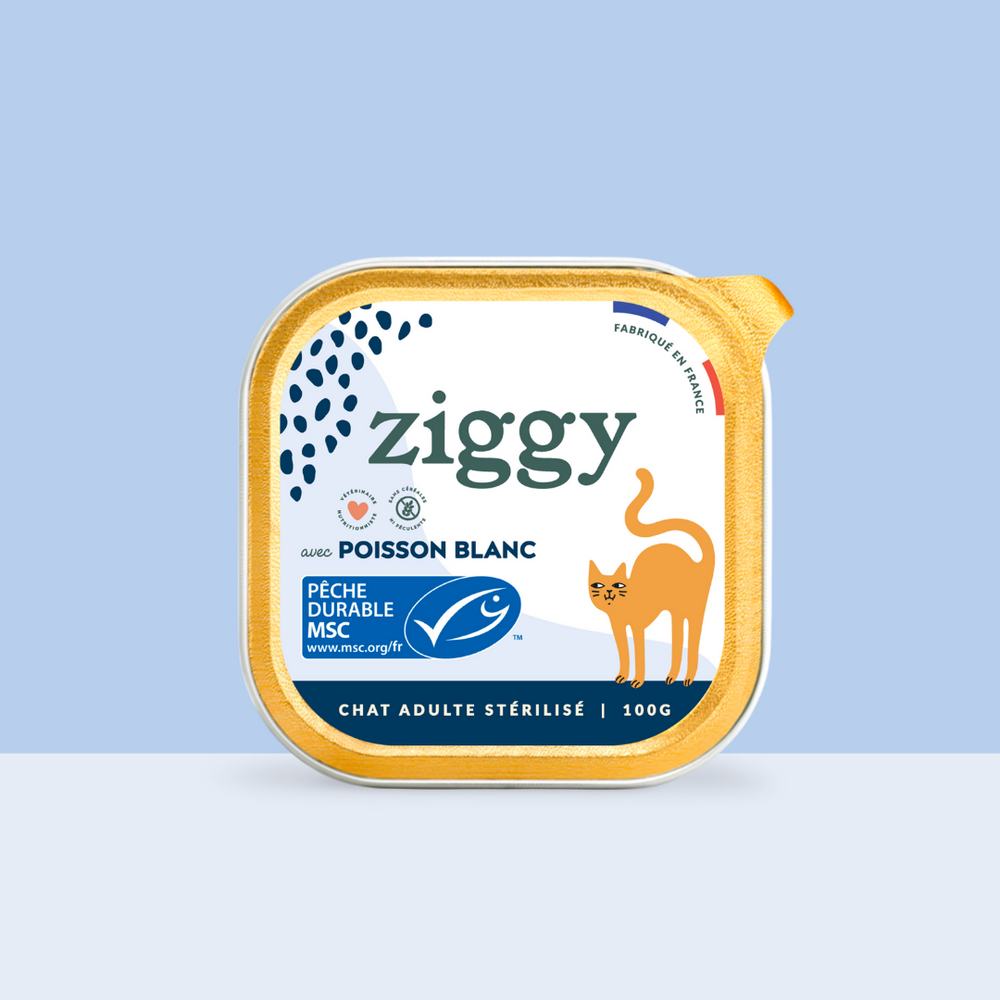
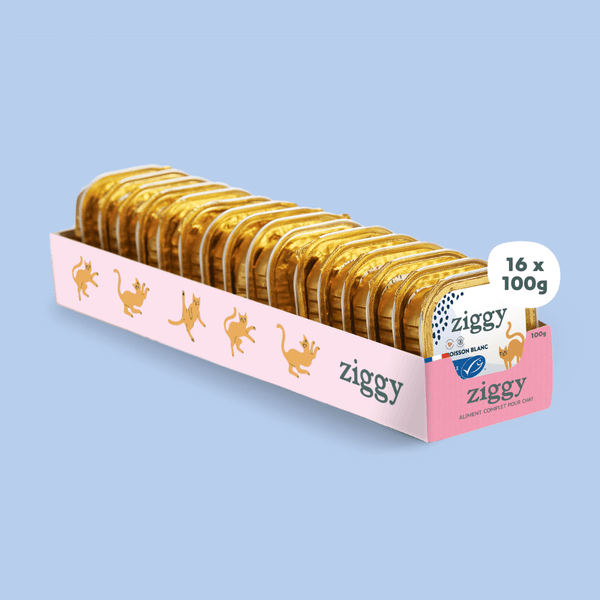


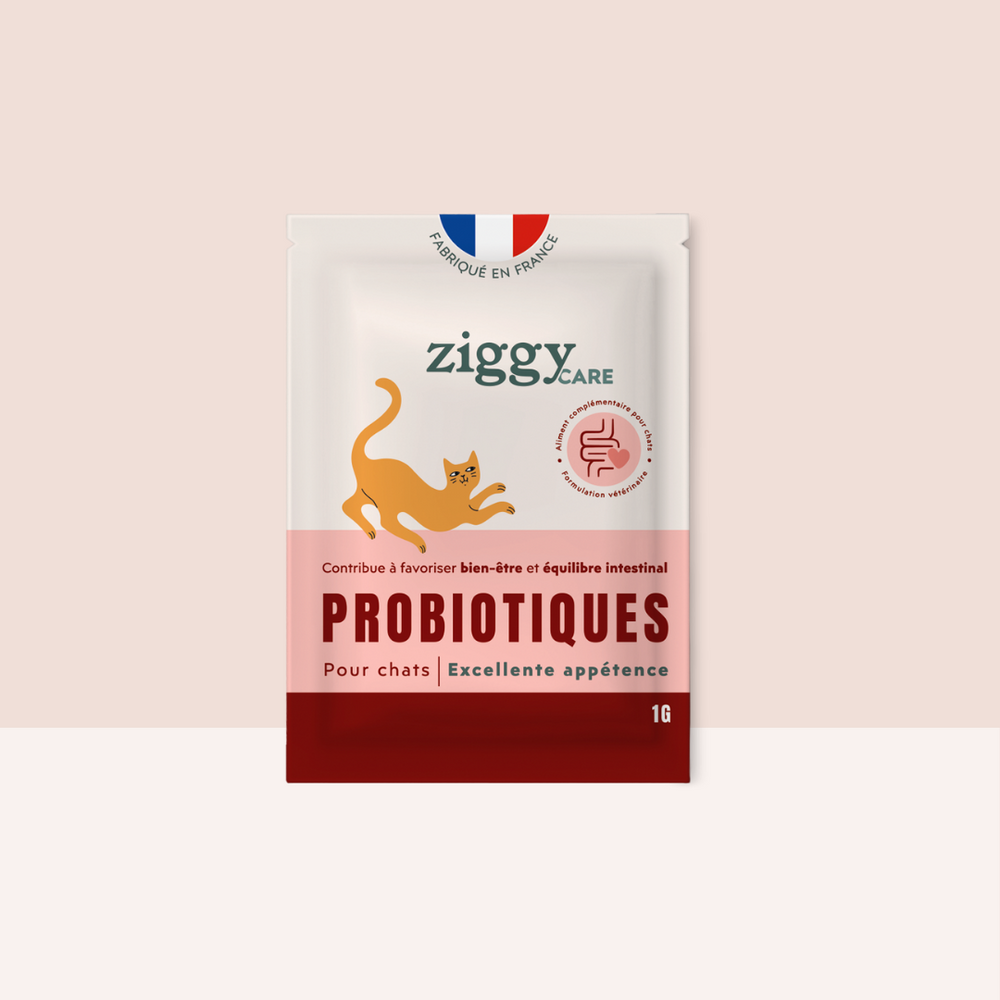
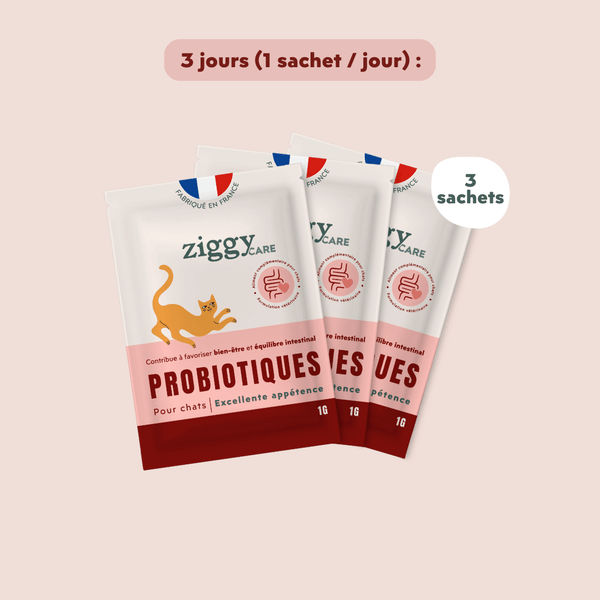

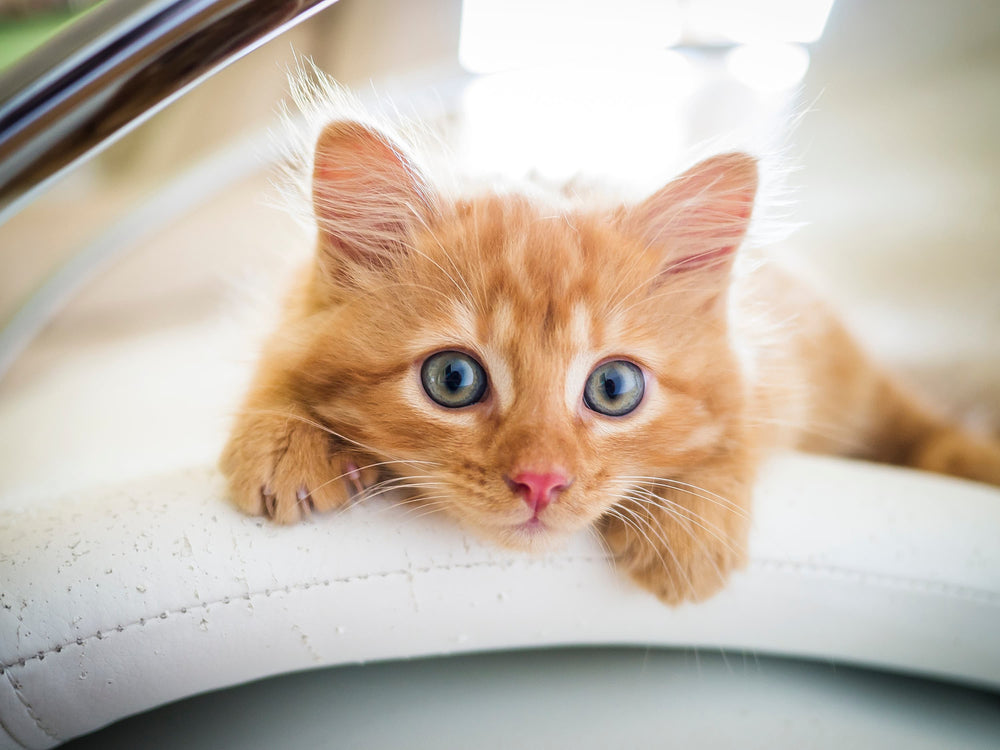
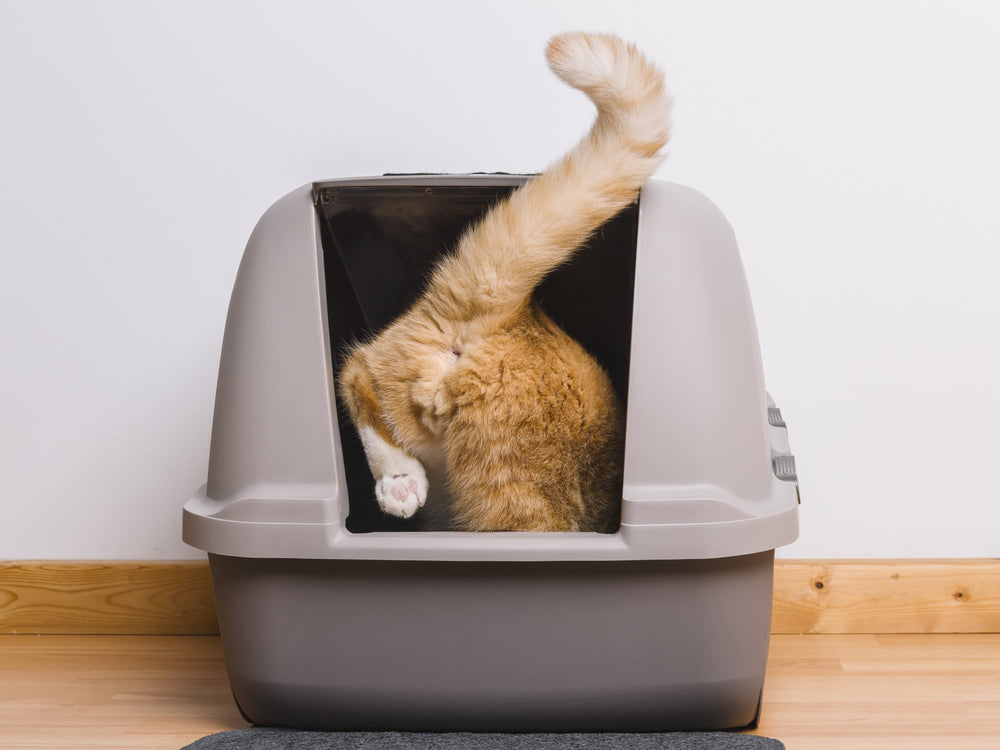
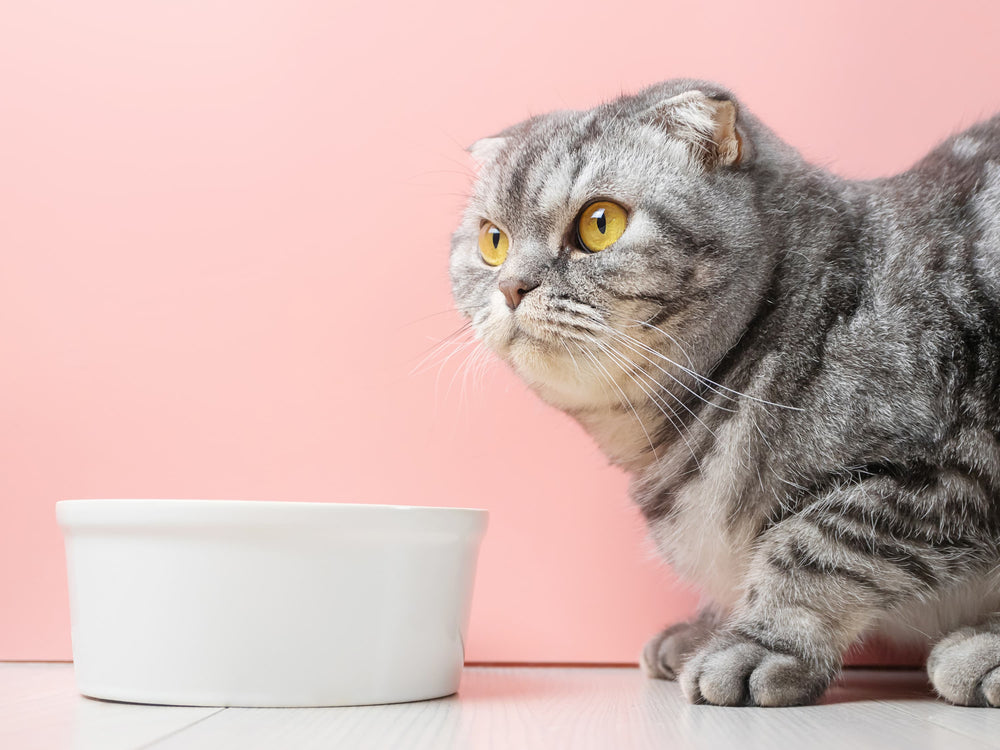
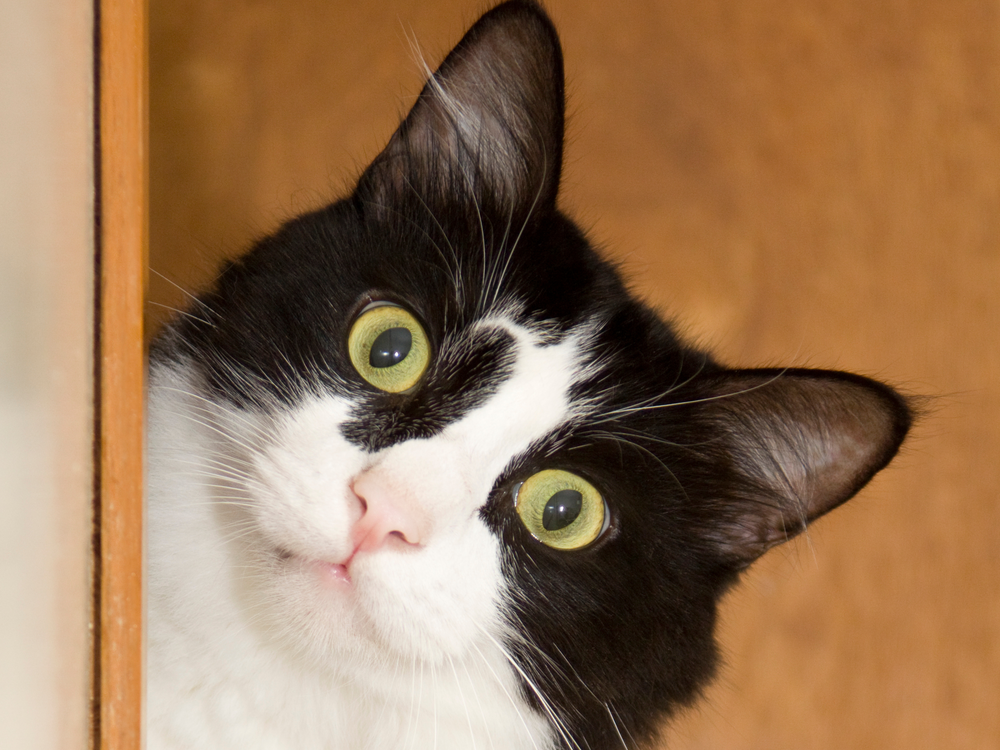
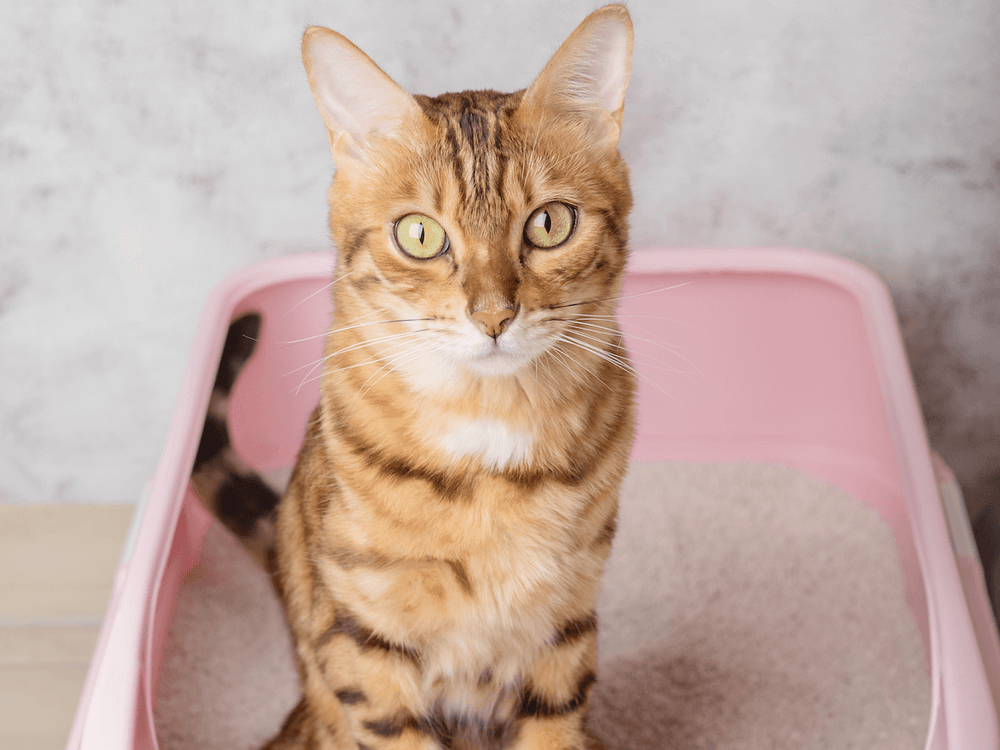
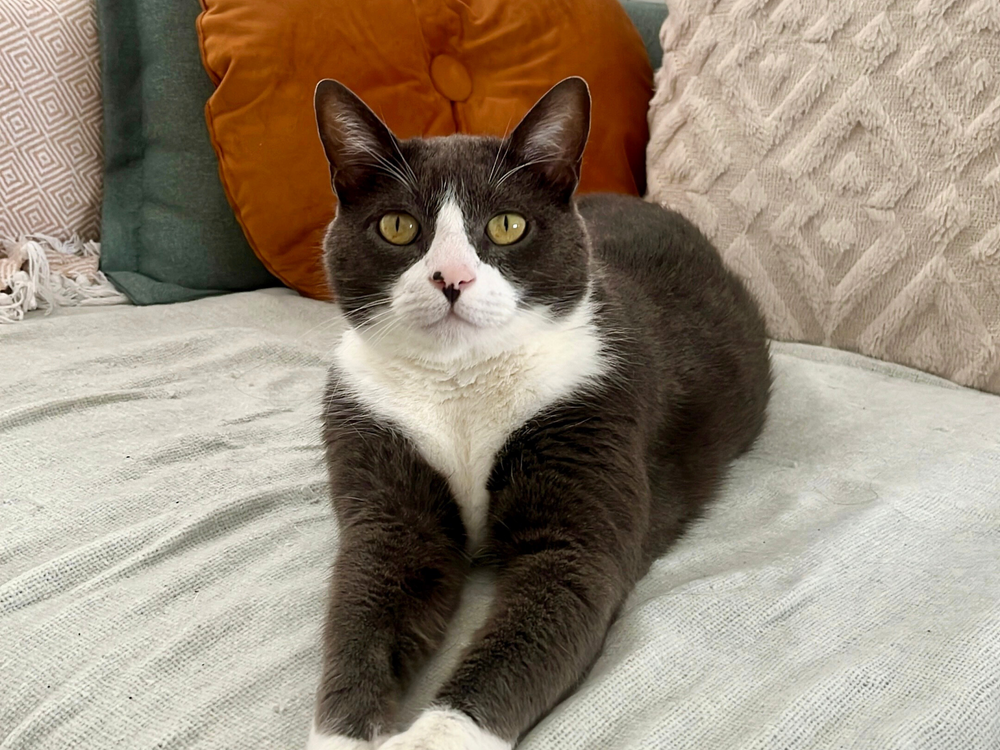
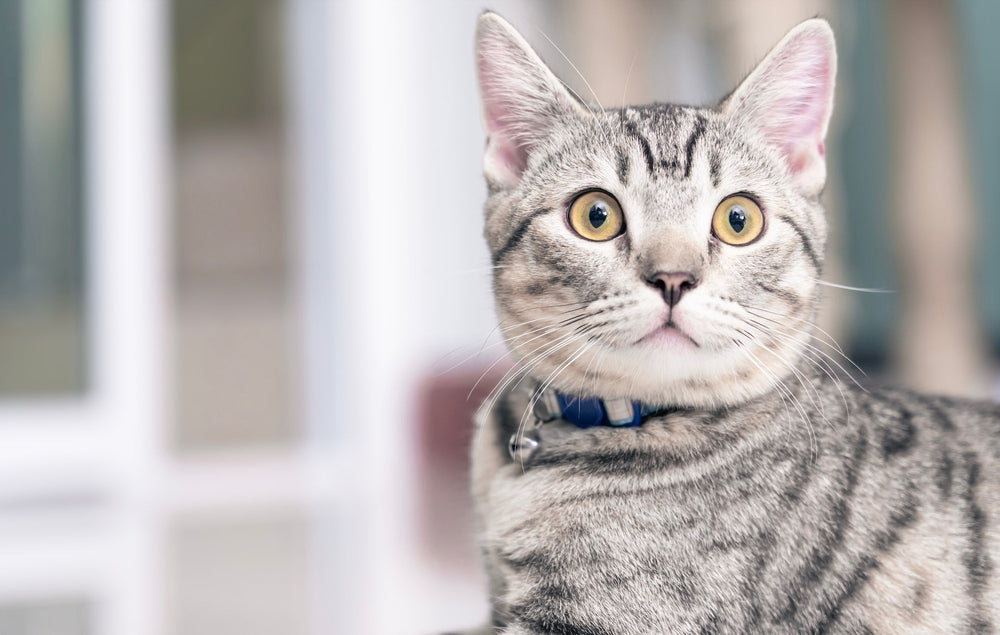
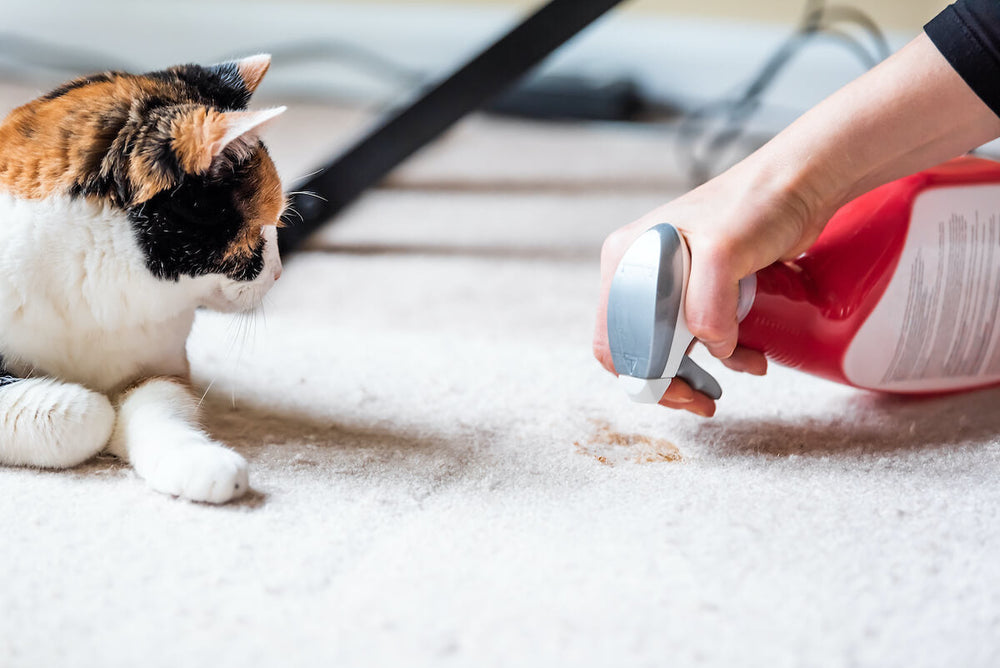
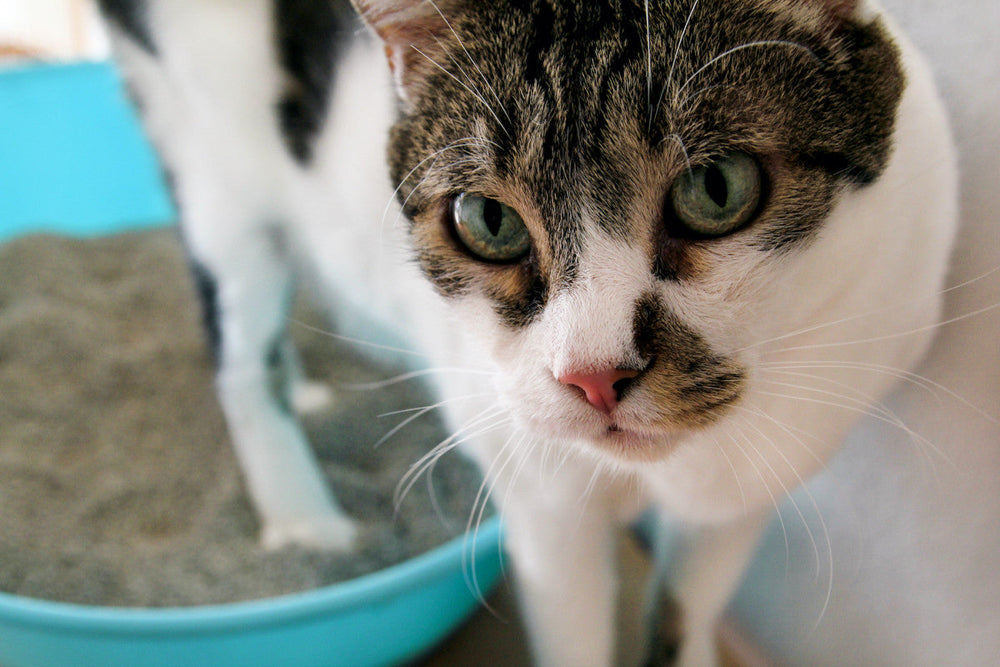


Leave a comment